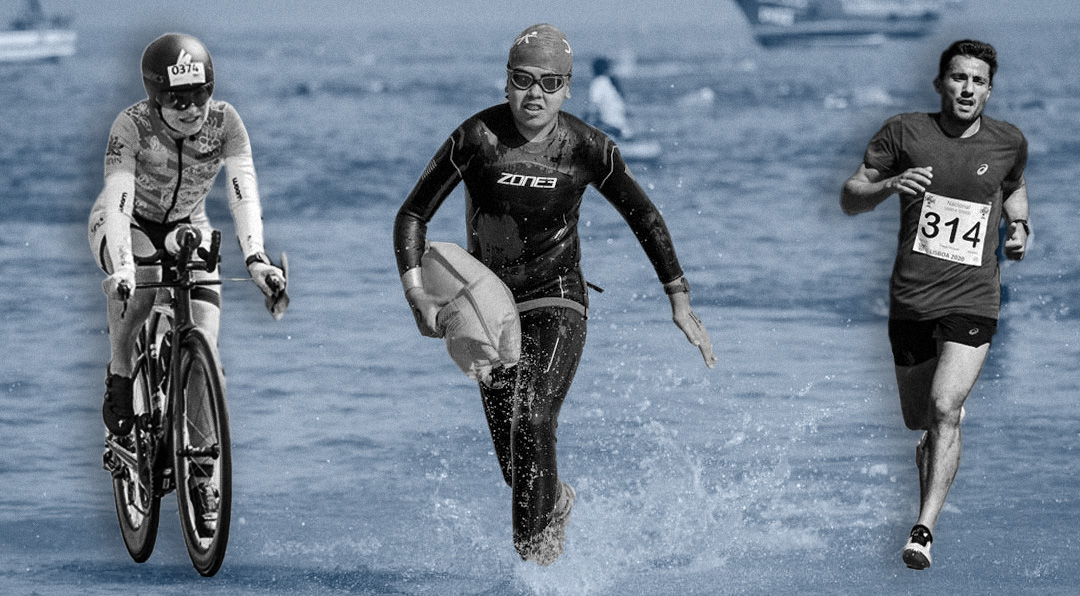Know the medical lingo unique to triathletes and endurance athletes
By Sabrina Gonzalez | Photo by Jon Tyson/Unsplash
A variety of physiologic mechanisms take place in the human body when an individual undergoes endurance training. These include changes in VO2 max and lactate threshold. But what do these seemingly foreign medical jargon mean? To help you understand endurance training better, here are 10 common medical terms you may encounter as an athlete.
Aerobic
Technically means oxygen-requiring. In endurance training, aerobic exercise refers to activities that are low intensity but are lengthy in duration such as jogging. Aerobic exercises promote endurance and the performance of activities for prolonged periods of time.
Anaerobic
As opposed to aerobic, anaerobic means without air or oxygen. In endurance training, anaerobic exercise refers to activities that are high intensity but of short duration such as sprints. Anaerobic exercises are believed to improve the anaerobic processes of metabolism, increasing power and speed for brief periods.
Cardiac Output
Refers to the amount of blood the heart pumps every minute. It is affected by the stroke volume (the amount of blood pumped out per beat) and the heart rate (number of heart beats per minute).
Dilutional Hyponatremia
A medical condition where there is a low level of sodium in the blood due to excessive intake or infusion of hypotonic solutions like water. In endurance athletes, this occurs when athletes drink too much water or overhydrate themselves, especially during competition.
Hypoglycemia
A medical condition where blood glucose levels are low. This can happen when performing prolonged activities on an empty stomach.
Lactate Threshold
The lactate threshold is the point in which lactic acid or lactate begins to accumulate in a person’s blood. Lactate is a by-product of anaerobic metabolism. The lactate threshold is used to indicate the intensity of exercise undertaken by an athlete. Measurements of lactate threshold can be taken by breathing into special equipment or having your blood sampled.
Metabolism
Physiologic processes, composed of different chemical reactions and transformations, that occur in the cells and tissues of living organisms. These processes promote growth and sustenance and provide much-needed energy for the body. Metabolism is generally divided into two types: anabolism, or processes that upbuild; and catabolism, or processes that break down.
Overtraining Syndrome
A medical condition in which the body responds negatively to excessive exercise and inadequate recovery.
Pronation
Refers to the way the foot hits the ground, more prominently noted when running. Individuals who overpronate push off from the big toe and second toe while underpronators lack the inward rolling movement of the foot, leaving the small toes to handle the person’s weight.
VO2 Max
VO2 max means maximal oxygen consumption. This refers to the highest rate of oxygen intake during a period of increasing exercise. This is also called aerobic capacity. This is used as a determinant of aerobic capacity and cardiovascular fitness.
Knowing the terminology allows you to better understand how the body responds and changes when subjected to endurance activities. Armed with this information, you’re well on your way to further improve your training.












































